Everything you need to know to make crispy, juicy, finger-licking good fried chicken at home. It might seem intimidating, but it’s actually pretty straightforward and it puts grocery store and fast food fried chicken to shame. Our buttermilk brine doesn’t just keep the chicken juicy, it infuses every bite with mouthwatering flavor. And that crispy coating? It’s flavorful and crunch every time!
You can also make fried chicken in an air fryer with our easy-to-follow instructions.
Why Our Recipe
- A flavorful buttermilk brine that not only keeps your chicken juicy but also flavors the meat itself.
- Our ultimate blend of herbs and spices puts the colonel’s to shame.
- The secret addition of cornstarch ensures a perfectly crispy coating every time.
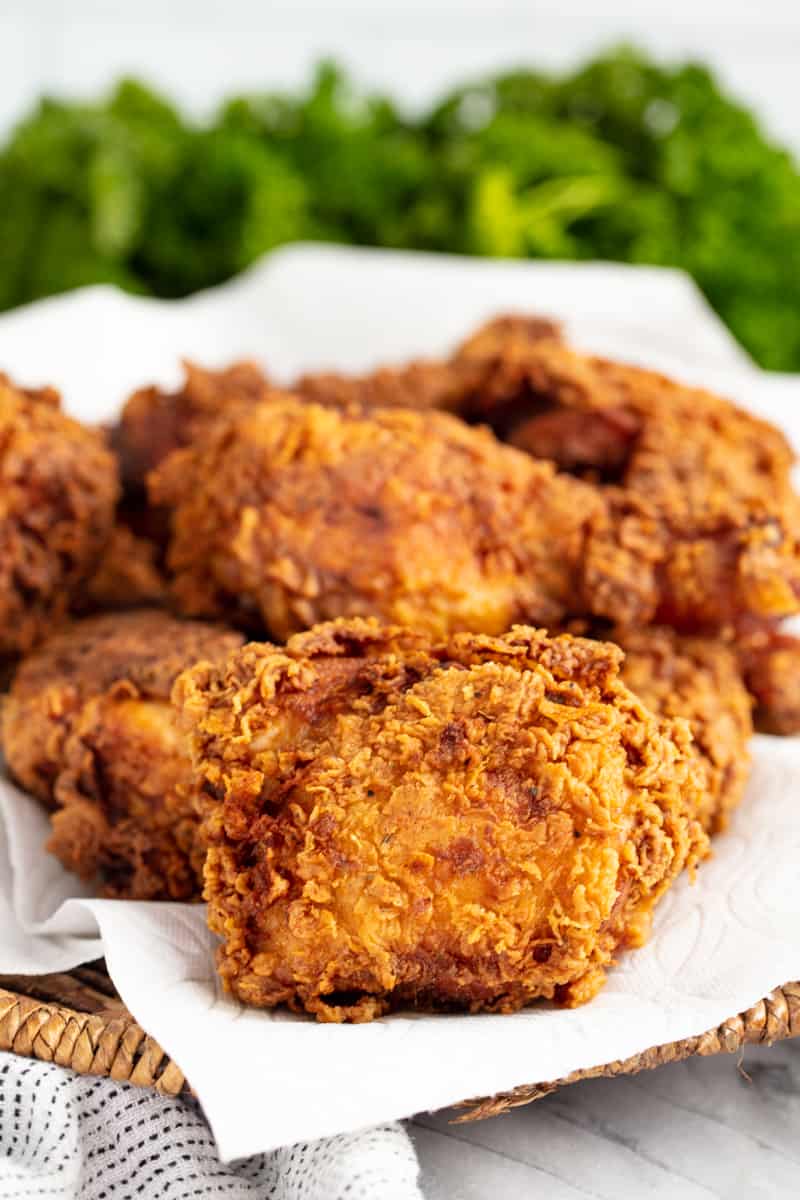
Trust us, the Colonel’s got nothing on our spice blend! We’ll walk you through every step of the process with clear instructions and a video demonstration so you can fry with confidence. Whether it’s your first time or your fiftieth, this recipe is foolproof and guaranteed to deliver.
Ingredient Notes
- Chicken Thighs and Drumsticks: Bone-in, skin-on chicken is a must for the juiciest, crispiest fried chicken. You can also use bone-in, skin-on chicken breast.
- Buttermilk: If you don’t have buttermilk, mix 2 cups of milk with 2 tablespoons of lemon juice or white vinegar and let it sit for 5 minutes.
- Buffalo Hot Sauce: We use Frank’s. For a milder option, reduce the amount or use a less spicy hot sauce.
- All-Purpose Flour: Forms the base of the crispy coating. For a gluten-free option, substitute with a 1:1 gluten-free flour blend.
- Cornstarch: The secret to an extra-crispy crust. Don’t leave this out!
- Frying Oil: Choose a high-smoke-point oil like vegetable, canola, or peanut oil for frying.
Cornstarch Secret
Cornstarch is the not-so-secret weapon for that extra-crispy coating. It helps create a delicate, shatteringly crisp crust that’s lighter than flour alone. You’ll notice the difference with every satisfying crunch!
Brining with Buttermilk
The buttermilk brine isn’t just for moisture—it’s flavor magic! Its slight acidity tenderizes the meat, while the spices in the brine seep into every bite. Brine for at least 4 hours, but overnight is best for juicy, flavorful chicken. Chicken can brine in buttermilk for up to 24 hours.
Keep the Breading From Falling Off
The secret to keeping the coating intact is in the prep. Pat the chicken dry before brining, let excess brine drip off, and press the dredging mixture firmly onto the chicken. Don’t skip resting the breaded chicken for 10-15 minutes before frying—this helps the coating stick better during cooking.
Make sure that you don’t overcrowd your pan. You want to make sure that the chicken isn’t bumping against other pieces of chicken which can knock off the breading. Only flip your chicken once while frying. The more you fuss with your chicken, the more likely you are to knock off or disturb some of the crunchy coating.
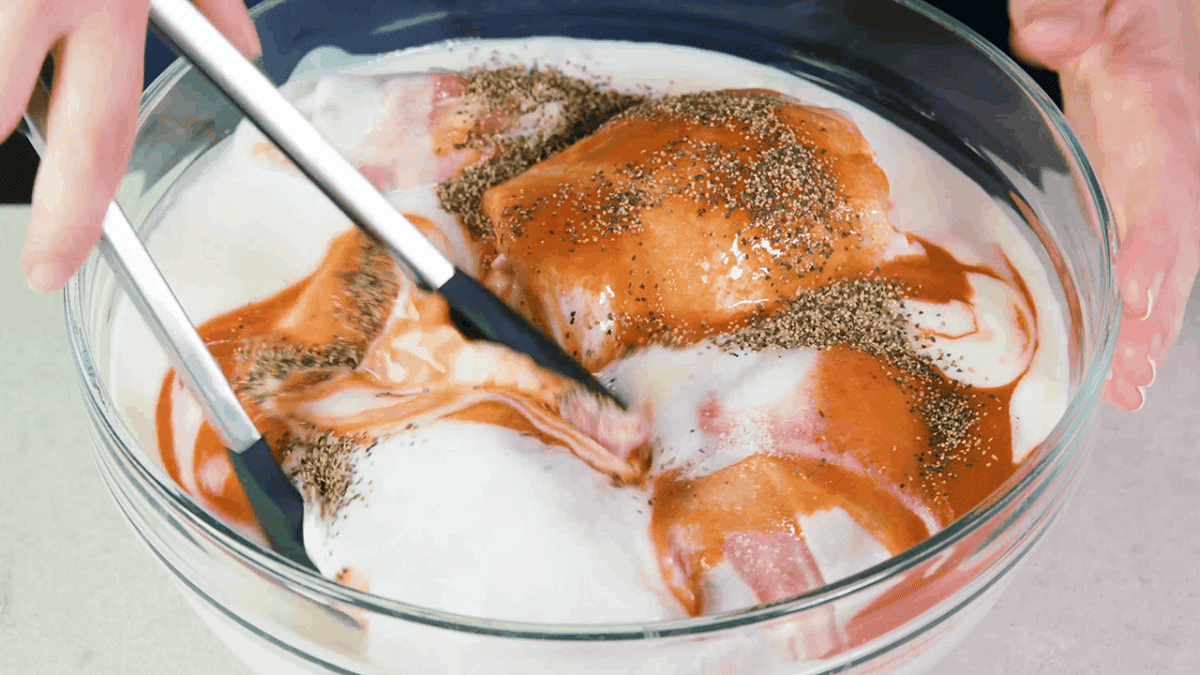
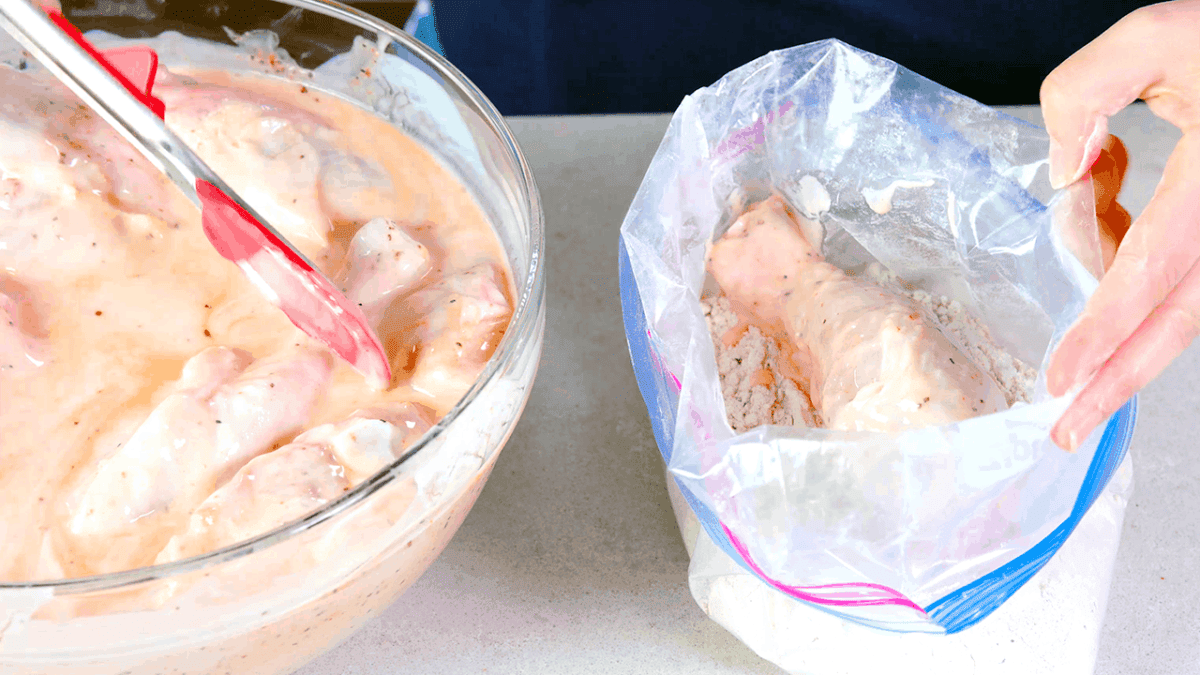
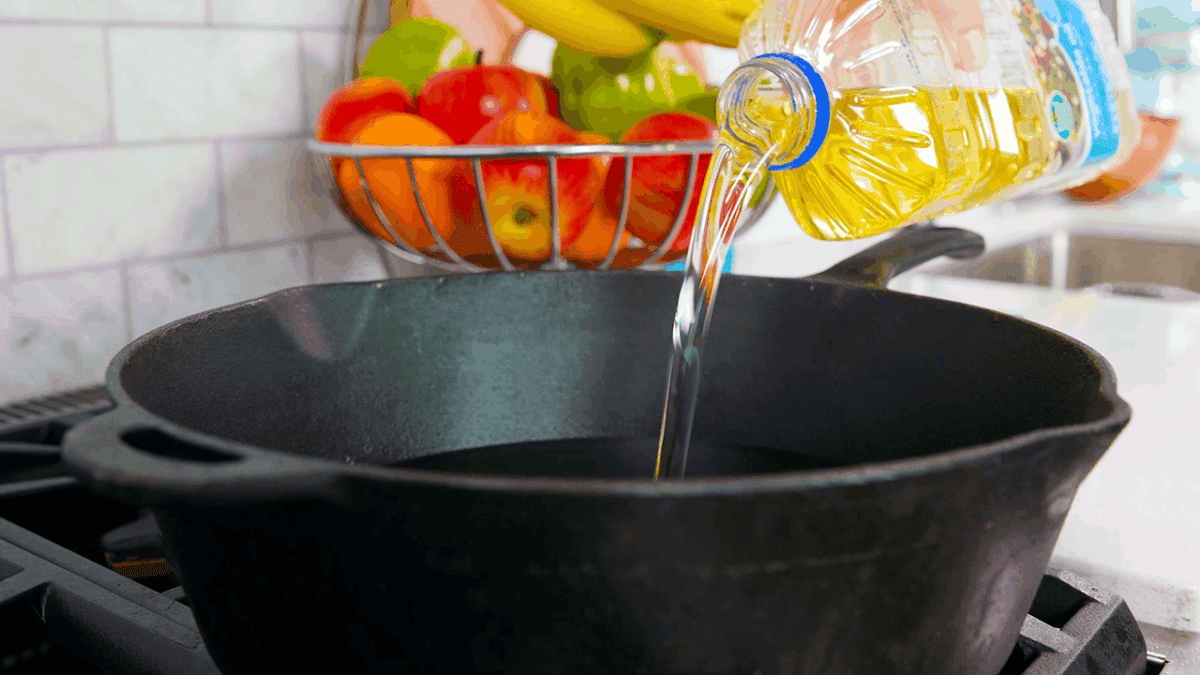
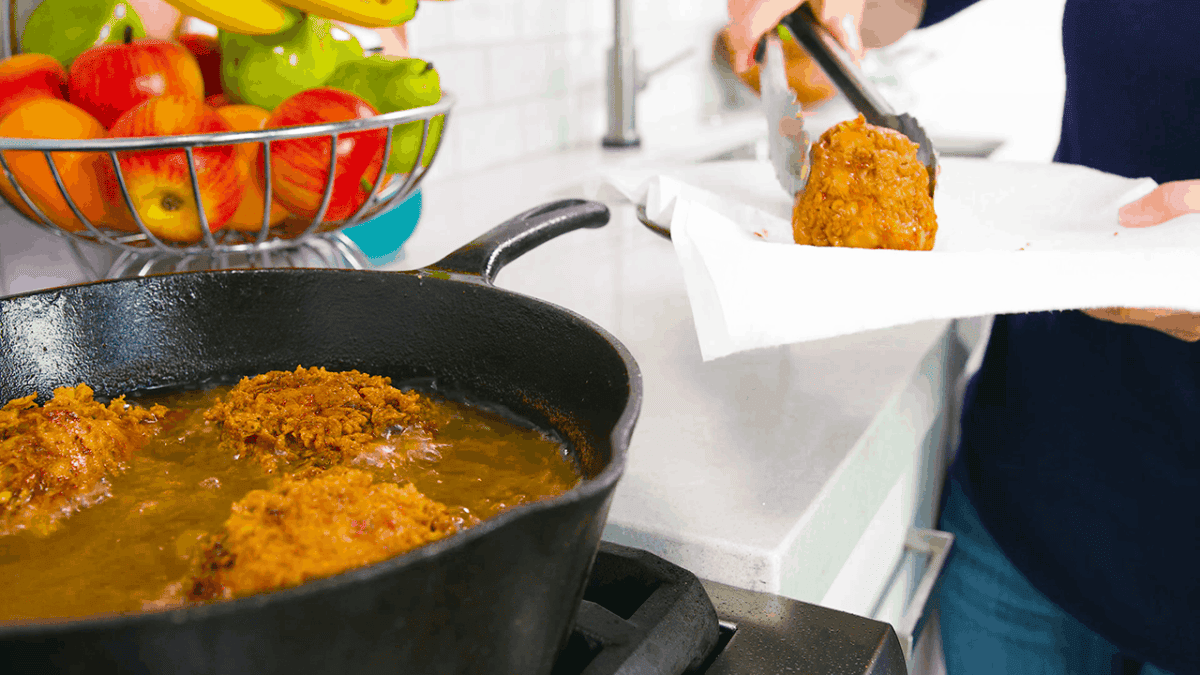
Frying Oils
There are lots of options when it comes to oil used for deep frying. Common options include peanut oil, vegetable oil, canola oil, safflower oil, and corn oil. Vegetable oil is the oil we recommend using for deep frying.
To reuse your oil, simply let the oil cool down completely, strain it, and return it to a storage container for later use.
Monitoring Oil Temperature
The key to perfect fried chicken is keeping the oil temperature steady between 300–350°F. Too low, and your chicken gets greasy; too high, and the coating burns before the inside cooks. Use a deep-fry thermometer clipped to your pan or an instant-read thermometer to check frequently. Adjust the heat as needed—small tweaks go a long way!
Cooking Times
Cooking times depend on the size of the chicken pieces. Thighs and drumsticks take about 14–16 minutes, while smaller pieces like wings cook in 8–10 minutes. Use a thermometer for accuracy.
Checking Internal Temperature
For safe and juicy chicken, aim for an internal temperature of 165°F. Dark meat, like thighs and drumsticks, are best between 170–175°F. Insert the thermometer into the thickest part of the meat, avoiding the bone, for an accurate reading. Trust your thermometer—it’s your best friend for fried chicken success.
If you don’t have a thermometer, pierce the thickest part of the chicken with a knife or skewer. If the juices run clear (not pink), it’s done. As a last resort, cut into a piece to ensure there’s no pink meat near the bone.
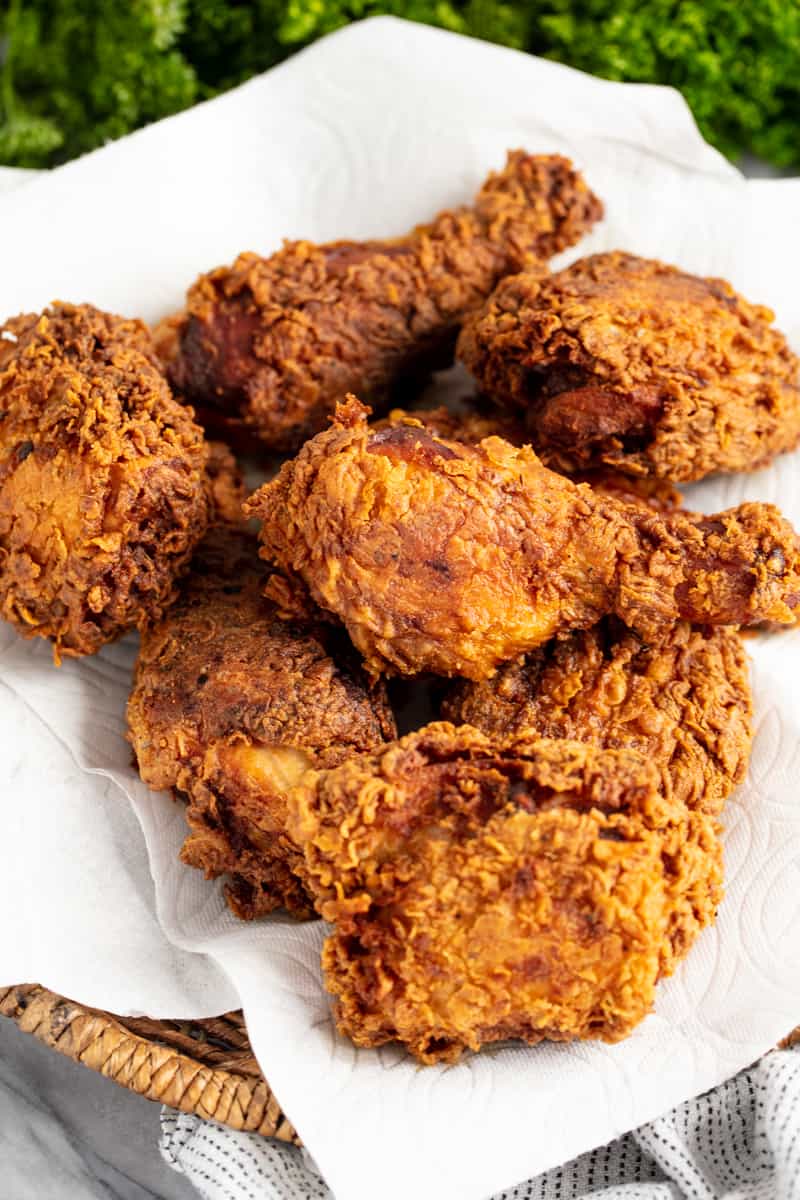
Keeping Warm Before Serving
To keep fried chicken crispy while cooking in batches, place the cooked pieces on a wire rack set over a baking sheet in a 200°F oven. This keeps them warm and prevents sogginess until you’re ready to serve. Never cover with foil—it traps steam and softens the crust.
Storage &Reheating Instructions
Fried chicken is best when it is fresh and the skin is still crispy. Leftovers though will be good in the fridge for 2 to 3 days. The skin will not be as crispy when reheated.
To reheat in the oven, preheat to 375°F. Place chicken on a wire rack over a baking sheet and heat for 10–15 minutes, flipping halfway through. This keeps the crust crispy.
To reheat in the air fryer, place in the basket and reheat at 350°F for 3–5 minutes, or until warmed through.
Serve your fried chicken with…
Mom’s Creamy Potato Salad
2 hrs 30 mins
Classic Baked Beans
16 hrs 30 mins
Classic Coleslaw
1 hr 15 mins
Easy Stovetop Mac and Cheese
15 mins
Watch the video below where we will walk you through every step of the recipe with a video demonstration.
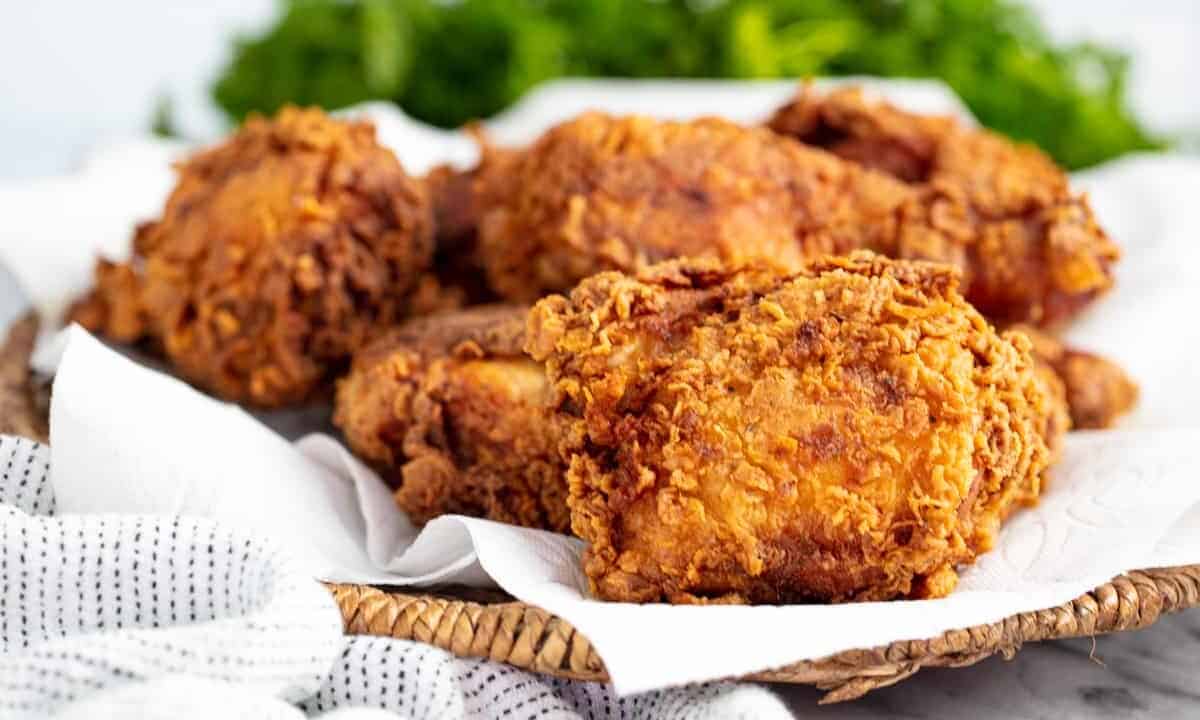
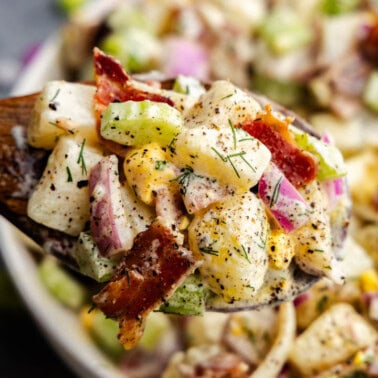
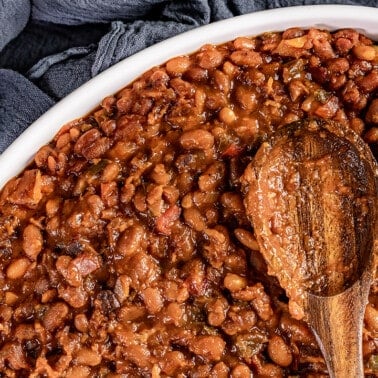
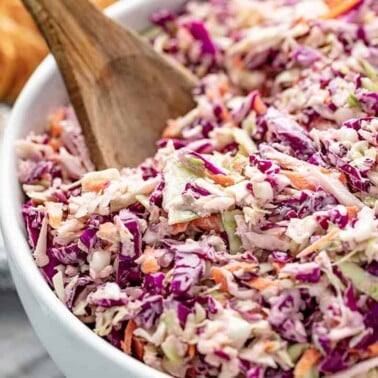
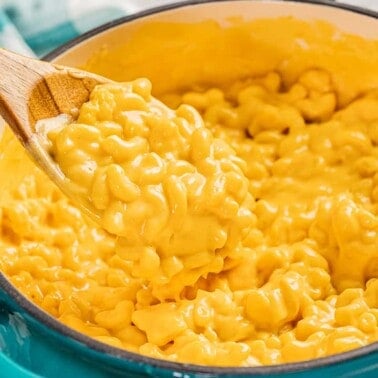
Hubby and Grandkids don’t like a kick with the chicken. Is this really spicy? with the hot sauce and cayenne?
Best recipe I ever tried.thank you so much.
Just made this tonight after many years of ordering fast food fried chicken.
it was delicious! I only used drum sticks to regulate time cooking. I also had a problem with burning my first batch at 350, so lowered it just a bit (over 325) and kept an eye on the batter till it was a nice golden color (around 10-12mins) the. Stuck them in the oven at 350 to bake for 5 extra minutes. Thank you for the awesome recipe and finally feel confident making fried chicken with ingredients and source of where it comes from.
I don’t like spicy things. Is this too much spice for me? Could I halve the Buffalo sauce??
Hi. Not sure if this question has already been asked, but can this recipe be used for the oven instead of frying? Thank you!
Will make this. However, the chicken would have less oil if drained on a wire rack
Very tasty! The use of corn starch made a big difference in crispiness. Never heard of that before. Also fry in Crisco for best results. Usually buy fried chicken out but now I’ll make at home. Used thin sliced chicken breast.
Fantastic fried chicked !
Ctisp and spicy!
This is actually insane, i tried double coating the flour and it was really good!! Its very suitable when enjoyed with some mac n cheese
insanely good